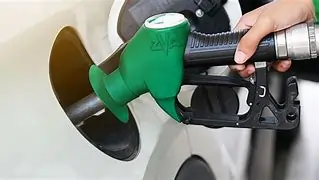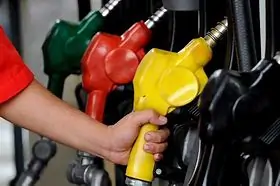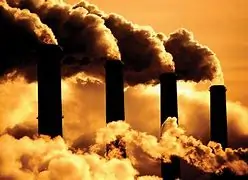Fuel update – Introduction:

Today, the global fuel update market reflects a landscape marked by significant fluctuations driven by multiple factors. Crude oil prices, pivotal in determining fuel costs, are experiencing volatility influenced by geopolitical tensions, supply chain disruptions, and shifts in global demand. These dynamics directly impact prices at the pump, affecting not only transportation expenses but also consumer spending patterns worldwide.
In parallel, there is a noticeable shift towards renewable and sustainable energy sources alongside traditional fossil fuels. Policies advocating for cleaner alternatives such as electric vehicles and biofuels are reshaping market dynamics. Concurrently, stringent environmental regulations—like emissions standards and carbon pricing—play a crucial role in incentivizing cleaner technologies and molding fuel pricing strategies.

Fuel Update: Importance of Staying Updated on Fuel Prices
Fuel update remaining abreast of fuel price fluctuations holds critical importance for individuals and businesses alike. Consumers benefit from understanding how changes in fuel costs impact their budgets and daily commutes, enabling them to plan efficiently and make informed transportation choices. For businesses, especially those in transportation and logistics, monitoring fuel prices is integral to managing operational costs and maintaining competitive pricing strategies.
Moreover, fuel update staying informed empowers strategic decision-making in investments and financial planning. Businesses can adjust procurement strategies, evaluate the viability of energy-efficient technologies, and anticipate market trends, thereby optimizing both financial outcomes and environmental sustainability efforts.

Fuel update plays a crucial role in the everyday lives of Filipinos, powering vehicles, businesses, and industries across the country. Staying informed about the latest updates on fuel update prices, regulations, and initiatives is essential for both consumers and industry professionals. Fuel update in this article, we will delve into the recent developments and trends in the fuel sector in the Philippines.
- Fuel Price Fluctuations:
Fuel prices in the Philippines are subject to frequent fluctuations due to various factors such as global oil prices, currency exchange rates, and local taxes. The Department of Energy (DOE) closely monitors these factors and releases weekly fuel price updates to keep the public informed. Consumers can check these updates to plan their budgets and make informed decisions regarding their fuel consumption. - Excise Tax Adjustments:
The implementation of the Tax Reform for Acceleration and Inclusion (TRAIN) law in 2018 led to the imposition of excise taxes on fuel products in the Philippines. These taxes are adjusted periodically, impacting the prices of gasoline, diesel, and other fuel variants. The government aims to strike a balance between generating revenue and ensuring affordability for consumers. - Renewable Energy Initiatives:
In recent years, the Philippines has taken significant steps towards promoting renewable energy sources as alternatives to conventional fuels. The government has implemented various policies and incentives to encourage investments in renewable energy projects, including solar, wind, and biofuels. These initiatives aim to reduce the country’s dependence on fossil fuels and mitigate environmental impact. - Ethanol and Biodiesel Blending Programs:
The Philippines has embraced ethanol and biodiesel blending programs to promote the use of cleaner and locally produced fuels. The Biofuels Act of 2006 mandates the blending of ethanol with gasoline and biodiesel with diesel. These programs not only reduce greenhouse gas emissions but also support local agriculture and contribute to energy security. - Shift to Euro 4 and Euro 5 Standards:
To improve air quality and reduce pollution, the Philippine government has implemented the Euro 4 and Euro 5 emission standards for vehicles. These standards require vehicles to use fuels with lower sulfur content, which helps minimize harmful emissions. Fuel suppliers have been transitioning to these cleaner fuel variants to comply with the regulations and support environmental sustainability. - Digital Innovations in Fuel Retailing:
The digital revolution has also impacted the fuel sector in the Philippines. Fuel retailers have embraced technology to enhance customer experience and streamline operations. Mobile apps and loyalty programs allow consumers to conveniently locate and pay for fuel, while real-time updates on fuel prices and promotions help them make informed decisions. These digital innovations have transformed the way fuel is bought and sold in the country. - Future Outlook:
Looking ahead, the fuel industry in the Philippines is expected to witness further advancements. The government’s commitment to renewable energy and environmental sustainability will likely drive investments in cleaner fuel alternatives. Continued research and development efforts will lead to the emergence of more efficient and environmentally friendly fuel technologies. Additionally, the integration of digital solutions will further enhance the fuel retail experience for consumers.
You may also like to read:



